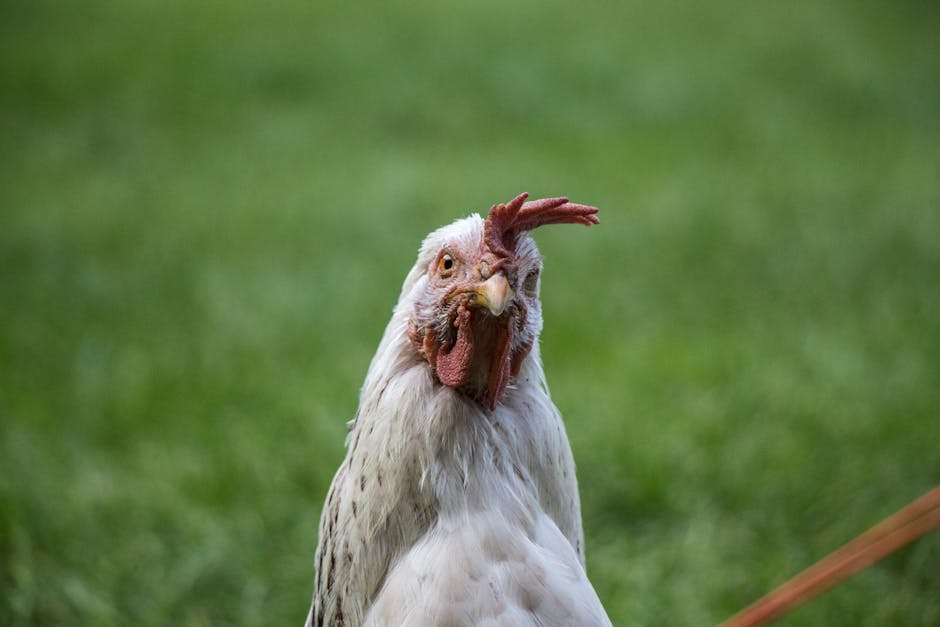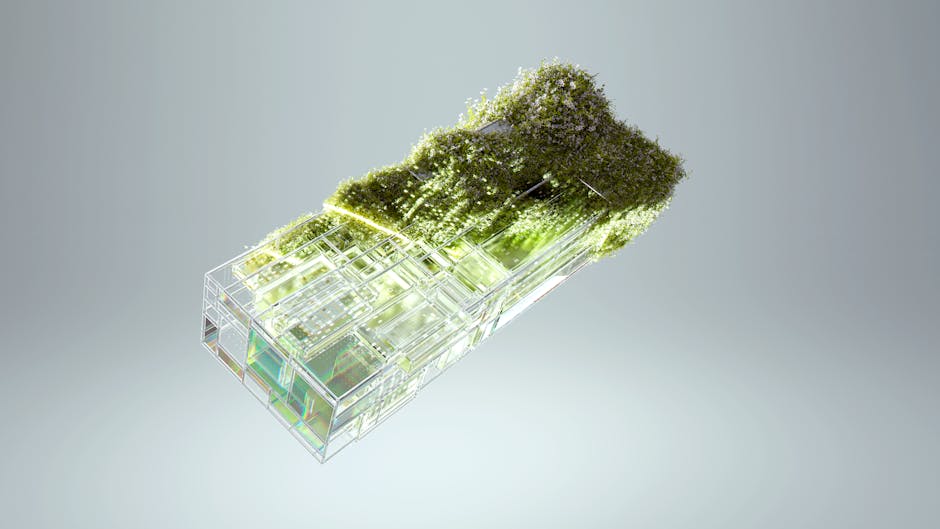Create Urban Wildlife Havens: Transform Cities for Sustainability
Cities are often imagined as concrete jungles, brimming with skyscrapers, bustling streets, and the hum of human life. Yet, beneath the surface lies a forgotten ecosystem—urban wildlife, integral to our environment, is often overlooked amid this fast-paced lifestyle. In this comprehensive guide, we’ll explore how creating safe havens for birds, bees, and other creatures can transform our urban landscapes into sustainable ecosystems. Join me on this journey to discover the vital role urban wildlife plays in our lives and how you can help make our cities more eco-friendly!
Understanding the Importance of Urban Wildlife

Urban wildlife comprises the diverse array of flora and fauna that inhabit our cities. From bees buzzing on flowered balconies to birds nesting in tree branches, these creatures contribute to ecological balance. The alarming decline in biodiversity, driven by habitat loss and pollution, is a wake-up call for cities worldwide. According to the World Wildlife Fund, nearly 1 million species are at risk of extinction, making it crucial for urban settings to play a proactive role in conservation.
Children of Nature: The Connection Between Wildlife and Urban Health

Urban wildlife enhances not only biodiversity but also the mental well-being of city dwellers. Researchers from Harvard University have found that increasing green spaces leads to reduced stress levels and improved mental health for urban residents. Imagine the thrill of watching a hummingbird hover by your window or spotting a family of squirrels playing in your local park. Nature plays a crucial role in our emotional and physical health, fostering a sense of connection with the world around us.
The Benefits of Creating Safe Havens

Biodiversity Boosters

One of the most significant advantages of making cities friendlier to wildlife is the support of biodiversity. By engaging in eco-friendly practices—such as planting native plants and implementing green roofs—we can invite various species back into urban areas. Native plants are especially crucial, as they provide food and habitat for local wildlife. Not only do they attract pollinators, but they also improve air quality and reduce urban heat.
Education and Awareness

Creating safe havens for urban wildlife can foster community awareness and engagement. Schools can utilize local habitat projects, such as butterfly gardens, teaching students about plant life cycles and ecosystem dynamics. Community workshops can encourage citizens to cultivate their gardens with local flora while informing them about the crucial role urban wildlife plays in our environment.
Read more about fostering an eco-conscious community in our piece on micro-gardening for urban eco-consciousness.
Resilience in the Face of Climate Change

Urban wildlife can play a vital role in climate resilience. Well-designed green spaces can help manage stormwater, mitigate urban heat, and improve air quality. Urban trees, for instance, absorb carbon dioxide and provide shade, making our cities cooler and more livable. Scientific studies suggest that urban greening can decrease local temperatures by several degrees—an essential factor in combating climate change.
Designing Your Urban Wildlife Haven

The Basics of Urban Gardens

Transforming your home or community space into a wildlife haven can start with simple changes. Start with an urban garden that prioritizes native plants. These species have adapted to local climates and support local wildlife, including pollinators and birds. The right combination of flowers, shrubs, and trees not only beautifies urban spaces but can also exponentially increase local biodiversity.
Read about engaging kids in eco-friendly gardening by checking out sustainability hubs for kids.
Creating Wildlife Corridors

Connecting green spaces through "wildlife corridors" encourages animals to flourish. These corridors can be created by linking parks, gardens, and natural areas with native plant pathways, providing safe routes for wildlife to navigate through urban environments. Think of these greenways as living highways for wildlife, allowing them to access food, shelter, and mates.
Pollinator Gardens: Nature’s Little Helpers

Pollinators are essential for maintaining healthy ecosystems, yet their populations are declining. Creating a pollinator garden in your backyard or local park can make all the difference. Fill the space with plants like bee balm, coneflower, and milkweed, which provide food and habitat for bees, butterflies, and other insects.
For further insights into integrating nature into our lives, don’t miss our article about revitalizing sustainable living with sound.
Overcoming Challenges in Urban Wildlife Conservation

Navigating Urban Development

Urban development presents challenges for the preservation of wildlife habitats. As cities expand, pressures from construction and pollution can create barriers for wildlife and degrade their habitats. Advocating for responsible urban planning—which includes green space initiatives and wildlife protection measures—is crucial to counteract these issues.
The Role of Education in Shaping Urban Frameworks

Education plays a significant role in addressing urban wildlife conservation. Informing city planners, developers, and the general public about the ecological benefits of protecting urban wildlife habitats can lead to more sustainable practices in city development. Participating in local conservation efforts, such as community clean-up days or wildlife seminars, empowers residents to be advocates for their local ecosystems.
Awareness of Zoning Regulations
Understanding local zoning laws can also affect the success of urban wildlife initiatives. Limitations on gardening, landscaping, and green space might stifle individual efforts to help urban ecosystems flourish. Engaging in local governance—by advocating for less restrictive policies and encouraging community gardens—can pave the way for positive changes.
Real-life Stories of Urban Wildlife Transformation
The High Line in New York City
An inspiring example of urban wildlife conservation is the renowned High Line in New York City. Once an abandoned railway, the High Line has transformed into a vibrant park featuring native plants, habitat boxes for birds, and bee hives. The space has revitalized the local ecosystem and plays a vital role in the city’s biodiversity.
Community-led Restoration in Detroit
In Detroit, grassroots initiatives have led to the creation of community gardens in vacant lots, reclaiming urban space for biodiversity. Through the collaboration of local enthusiasts, these efforts have encouraged pollinators’ return and fostered a renewed appreciation for nature in an urban landscape.
Small Steps Toward Bigger Changes
Getting Involved in Local Conservation Efforts
You can take steps towards wildlife conservation by getting involved in local initiatives. Join conservation organizations, attend workshops, and volunteer for community gardening projects. These efforts can amplify your impact and connect you with others who share the same vision of transforming cities into thriving ecosystems.
Advocating for Policies Favorable to Wildlife
Being aware of policies affecting urban wildlife is a great way to advocate for change. Engage in public discussions about local zoning laws or urban planning efforts, and voice your support for measures that promote green spaces and wildlife habitats within your community.
Making Sustainable Choices at Home
Embracing a sustainable lifestyle can positively impact urban wildlife. Start incorporating eco-friendly practices into your daily routines, such as reducing waste, conserving water, and supporting local farmers. Simple choices, such as using organic gardening techniques, further contribute to the well-being of wildlife.
Final Thoughts: Your Role in the Urban Ecosystem
Creating safe havens for urban wildlife is not just an environmental initiative; it’s a call to reconnect with nature and enhance the quality of urban life. As we transform our cities into sustainable ecosystems, each small effort counts. Whether it’s planting a native garden, volunteering, or advocating for pro-wildlife policies, you play an essential role.
Urban wildlife holds the potential to revitalize our cities, create vibrant communities, and enhance our connection to nature. By tending to our environment, we nurture the very essence of urban life. Together, let’s build safe havens for our winged, buzzing friends and transform our cities into thriving ecosystems.
If you’re interested in exploring more about the harmony between urban living and wildlife, read about our insights on debunking myths about sustainable city living.



